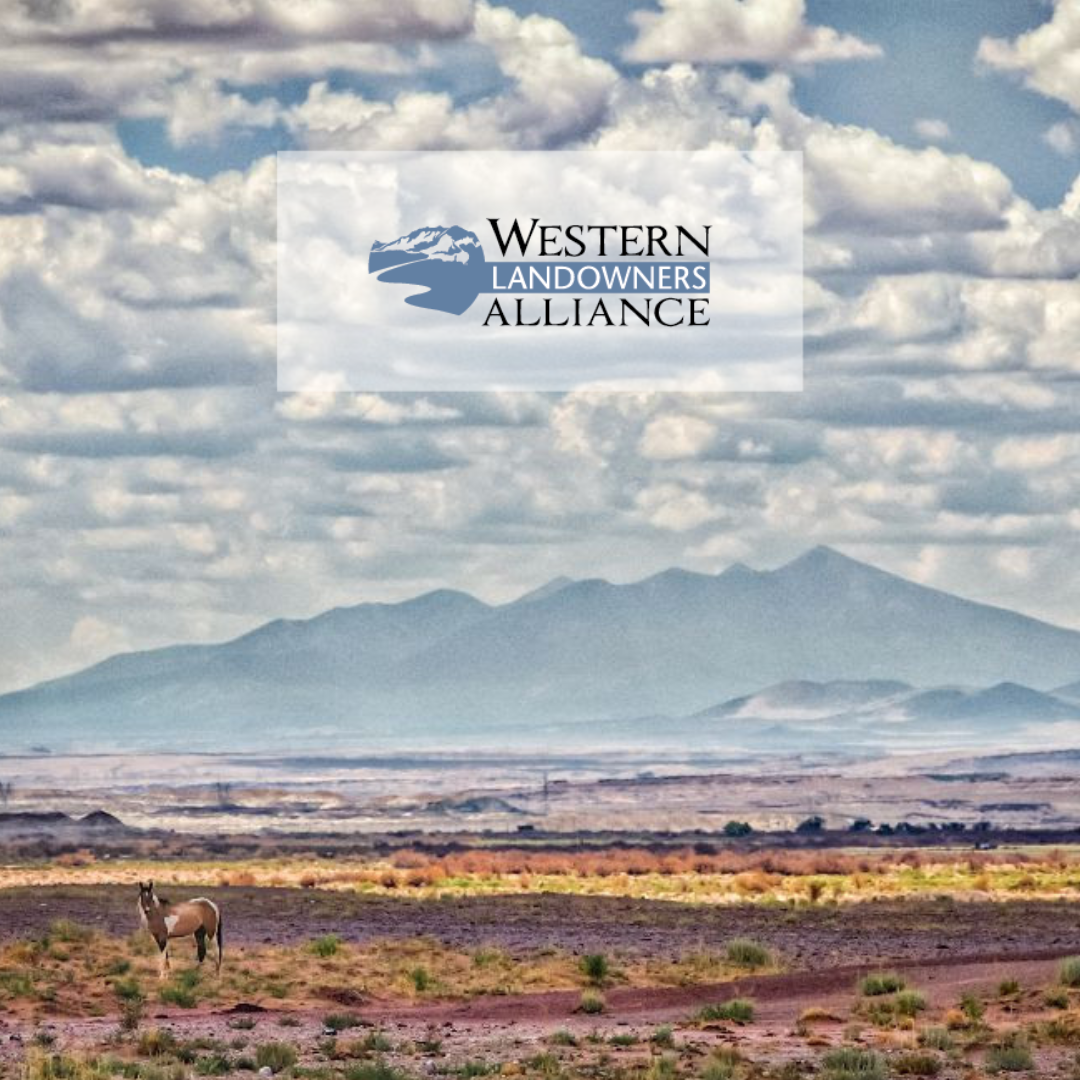New Study: A Little Rest from Grazing Improves Native Grasslands
News Release: December 4, 2014
Contact: Melissa Pitkin, Outreach Director, (831) 423-8202, mpitkin@pointblue.org

Petaluma, CA – Just like us, grasslands need rest to improve their health. A study just published by Point Blue Conservation Science in the journal Ecological Restoration shows a 72 percent increase in where native perennial grasses were found on a coastal California ranch when cattle grazing was changed to give the land more time to rest.
Over the last 300 years, nonnative annual grasses have invaded California’s grasslands. These exotic grasses complete their lifecycle in one year and out-compete the native perennial grasses (grasses that live for multiple years).
Native perennial grasslands in California are one of the most biologically diverse ecosystems in the world, providing habitat for many bird species and other wildlife while also allowing water to better infiltrate soil, decreasing erosion and increasing water storage. They also stay green into the dry months and provide forage for cattle during lean times.
“Managing land and animals to promote perennial grasses through holistic planned grazing offers ranchers the most effective means of creating a profitable beef business, viable in the long-term,” says Joe Morris of T.O. Cattle Company. “By managing for perennial grasses we tend to increase the productivity of our ranches, their beauty, and their resilience against drought. The flip side of this is better performance for our animals and more profit for our business. These are the hallmarks sustainability.”
The study’s scientists documented the increase in perennial grasses by monitoring plant communities at TomKat Ranch near Pescadero, Calif., over the last three years. TomKat Ranch is a 728 hectare (1,800 acre) cow-calf grass-fed beef operation of 100–150 head.
In 2011, the ranch switched from continuous grazing, allowing cattle to graze over large portions of the ranch for months at a time, to a planned grazing approach. They increased cattle density by moving them through a series of smaller subdivided pastures, resting each pasture for 70 to 120 days before grazing again.
Three years after the change, the number of vegetation survey units where native perennial grasses were found increased by 72 percent.
“At TomKat Ranch, we value food production done in a way that maximizes benefits to our entire ranching system—our business, our community and the environment,” says Kat Taylor, owner of TomKat Ranch. “Point Blue’s science shows how using rest-rotational grazing can begin to restore coastal rangelands to native grasses and improve water and carbon storage in the soil, while increasing biodiversity and the grass forage potential for our herd.”
The research suggests planned grazing promotes native perennial grass growth by reducing competition from invasive annual grasses. The periods of rest from grazing, especially during plant flowering, allows for more native perennial seed production and increases plant numbers, vigor and size. As California rangelands face the possibility of another drought year, incorporating more rest into grazing practices could improve the health of grasslands and help make ranching more ecologically sustainable.
Download or view a one-page summary of the scientific publication:
www.pointblue.org/pubbriefs
Study citation: Henneman, C., N.E. Seavy, & T. Gardali. 2014. Restoring Native Perennial Grasses by Changing Grazing Practices in Central Coastal California. Ecological Restoration, 32:352-354. http://er.uwpress.org/content/32/4/352?etoc
Link to original press release here.
###
About Point Blue Conservation Science:
Our mission is to advance the conservation of birds, other wildlife and ecosystems through science, partnerships and outreach. Our 140 scientists, along with educators and restoration specialists, work to reduce the impacts of habitat loss, climate change and other environmental threats while promoting nature-based solutions for wildlife and people, on land and at sea. Visit Point Blue at www.pointblue.org.
Join WLA to stay up to date on the most important news and policy for land stewards.
Become a member for free today and we will send you the news and policy developments critical to the economic and ecological health of working lands.
WLA works on behalf of landowners and practitioners throughout the West. We will never share your contact information with anyone.
©2025 Western Landowners Alliance • PO BOX 27798, Denver, CO 80227 • 505.466.1495
Western Landowners Alliance is a 501 (c)(3) non-profit recognized by the IRS.
Tax ID: 46-1346488
